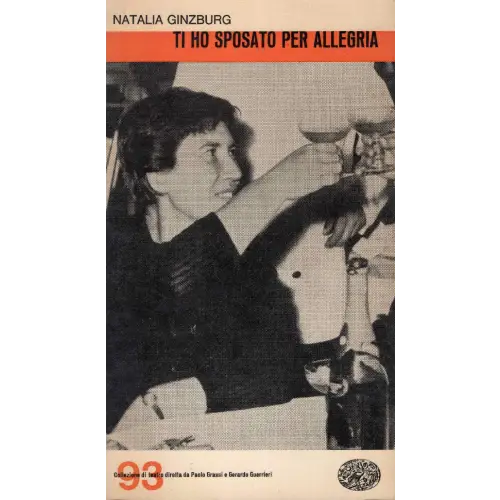Natalia Ginzburg's most famous comedy has long been a classic. With its richness of language and theatrical energy, the piece possesses an infectious power that resonates with each new performance, even after forty-five years. The dialogues are not only lively but also remarkable for the small gaps and breaks between sentences. As Ferdinando Taviani writes in the preface to this new edition: "Natalia Ginzburg's stage dialogue takes the form of a conversation, but is precisely its opposite. It moves between what differs, not between what is shared in a conversation. It leaps along heights and microscopic strategic movements of attention, like water that cannot stand still, that dips, whispers, and therefore lives." The pleasure lies in being different, in everyone speaking with their own rhythm, which brings joy as a contrast to the boredom of sameness. This was true in the sixties and remains relevant today.

